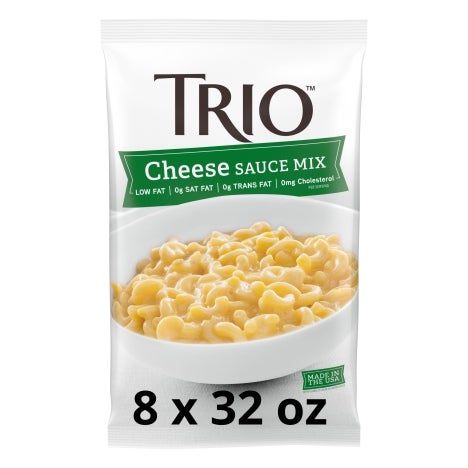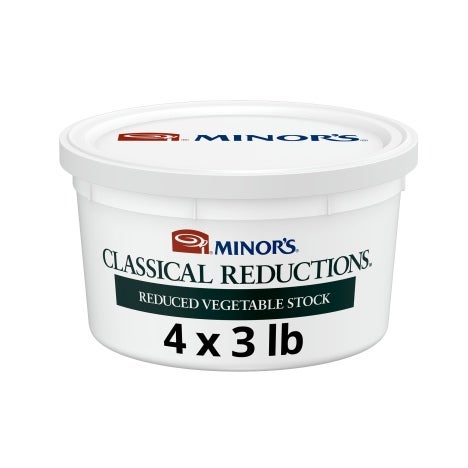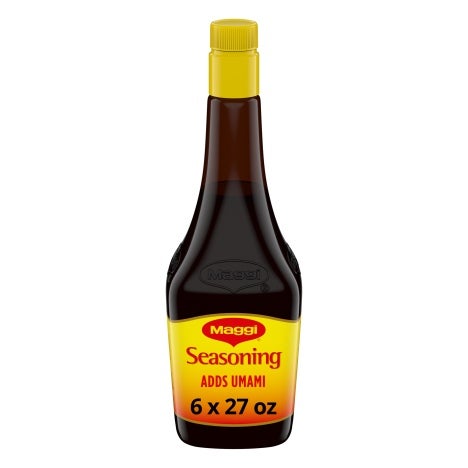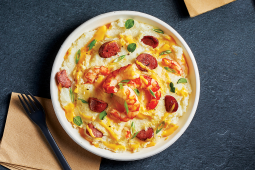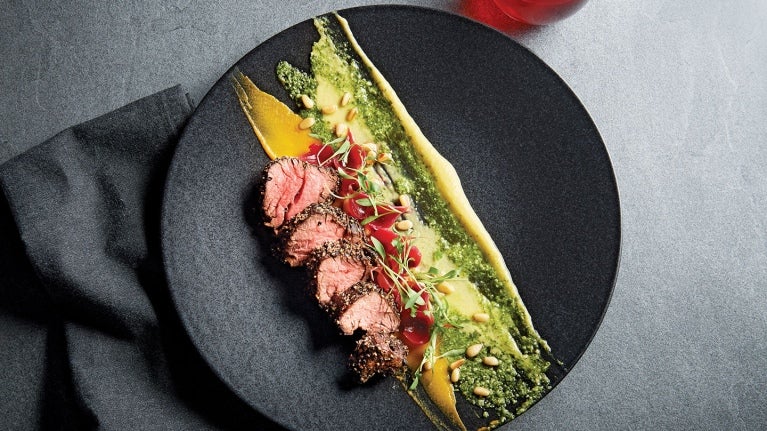
How to Plate Food for Visual Impact
How you present your food can impact how patrons perceive its quality, value, and taste. Learn which presentations impress and sell.
Sure, carefully designed plates of food are pleasing to guests, the “eat first with your eyes” aspect a prelude to the taste, textural, and aromatic sensations that come next. All those carefully styled and presented dishes are about more than good looks, though. From making diners believe the food tastes better to a willingness to pay more, and the millions of social media posts that go viral, the photo-ready foods helping the bottom line.
Charles Spence, a University of Oxford professor, conducts regular research into the psychology of how consumers react to foodservice presentations. He has found ample evidence that visual appeal prompts changes in behavior, all of them rich with business upsides.1
- Frozen strawberry mousse artfully scooped on a white plate was rated as tasting sweeter, more flavorful, and better tasting than the same preparation served on a black plate
- Café latte was described as more intense and its sweetness suppressed when served in a white porcelain rather than clear glass mug
- Shown photographs of the exact same arrangement with different orientations, the plate spun 45 degrees, people were willing to pay a higher price for the one more pleasing to them
- When a salad was arranged on the plate to resemble a Wassily Kandinsky painting, the study group said they would pay more than twice as much for it as for the same salad presented in a mound
More immediately obvious than the psychological motivations for pretty plates is the Instagram effect. Especially with younger demographics, “foodography” is essential to the dining experience, their photos uploaded where they can become instant word-of-mouth advertising, buzzworthy photos grabbing attention in the social world. As diners increasingly use such posts for dining recommendations, they can be public-relations gold.
Pointers for adding artistry to plate presentations:
- Plating should be intentional, the styling in sync with the dish itself and the restaurant’s vibe. Heartier foods such as short ribs or mac and cheese stand up well to bold designs while asparagus salad and tuna tartare ask for more simplicity
- Height, forms, and shapes bring welcome dimensionality
- Textural play—crisp against tender, chewy with smooth, colorful and soothing, and hot and chilled—enhance visual and eating experiences
- Embellishments don’t have to be fussy to have impact. Squeeze bottles of sauces quickly add drizzles, splatters, circles, or neat lines on the plate, bowl, or food itself. Sometimes a simple scatter of minced herbs, either under or on the food, adds just enough impact
- Artistically chosen bowls, plates, and serving pieces are eye candy and an instant prompt for diners to shoot photos. Form should follow function, though, the design not a hindrance to ease of eating
- Create a strong visual component at or near the center of the plate and build out from it
- Guard against plates becoming chaotic or messy. Minimalism usually is more effective than maxed-out presentations
- Resist the temptation to add elements that don’t have a natural synthesis to the main component. Edible flowers are lovely and colorful but probably not suited to Bolognese sauce
Source: 1. Gastrophysics: The New Science of Eating by Charles Spence (Viking, 2017).
The information provided is based on a general industry overview and is not specific to your business operation. Each business is unique, and decisions related to your business should be made after consultation with appropriate experts.
